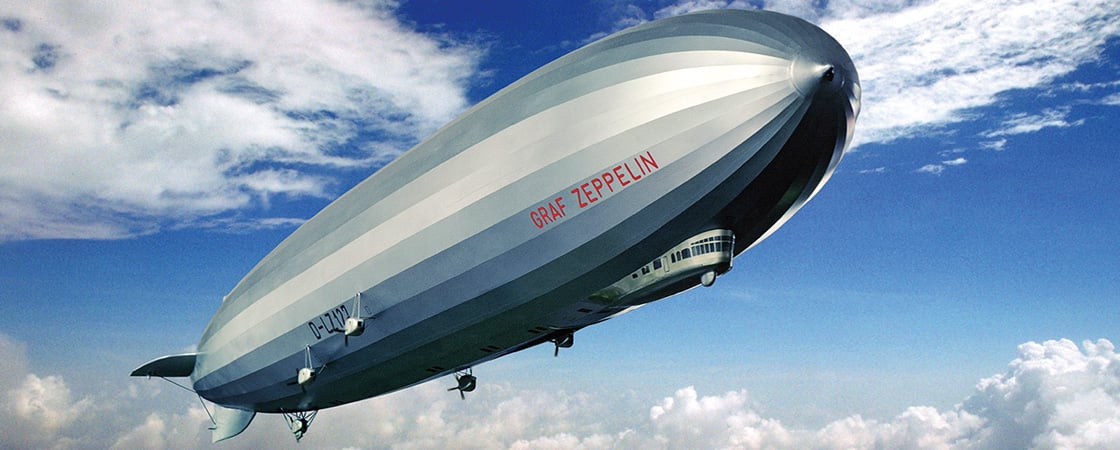Woo-hoo! The crowd cheers in delight. It’s the summer of 1929 in New Jersey, and you’re about to do what no passenger has ever done before: fly around the world.
You won’t be flying in an airplane or a spaceship. Instead, you’re inside a giant football-shaped aircraft called a zeppelin. A crowd of thousands is gathered around the ship. The engines start, the ship moves across a field, and suddenly, you’re floating in the air!
Woo-hoo! The crowd cheers in excitement. It’s the summer of 1929 in New Jersey. You’re about to do what no passenger has ever done before: fly around the world.
You won’t be flying in an airplane or a spaceship. You’re inside a giant football-shaped aircraft. It’s called a zeppelin. A large group of people is gathered around the ship. The engines start, and the ship moves across a field. Then you’re floating in the air!

